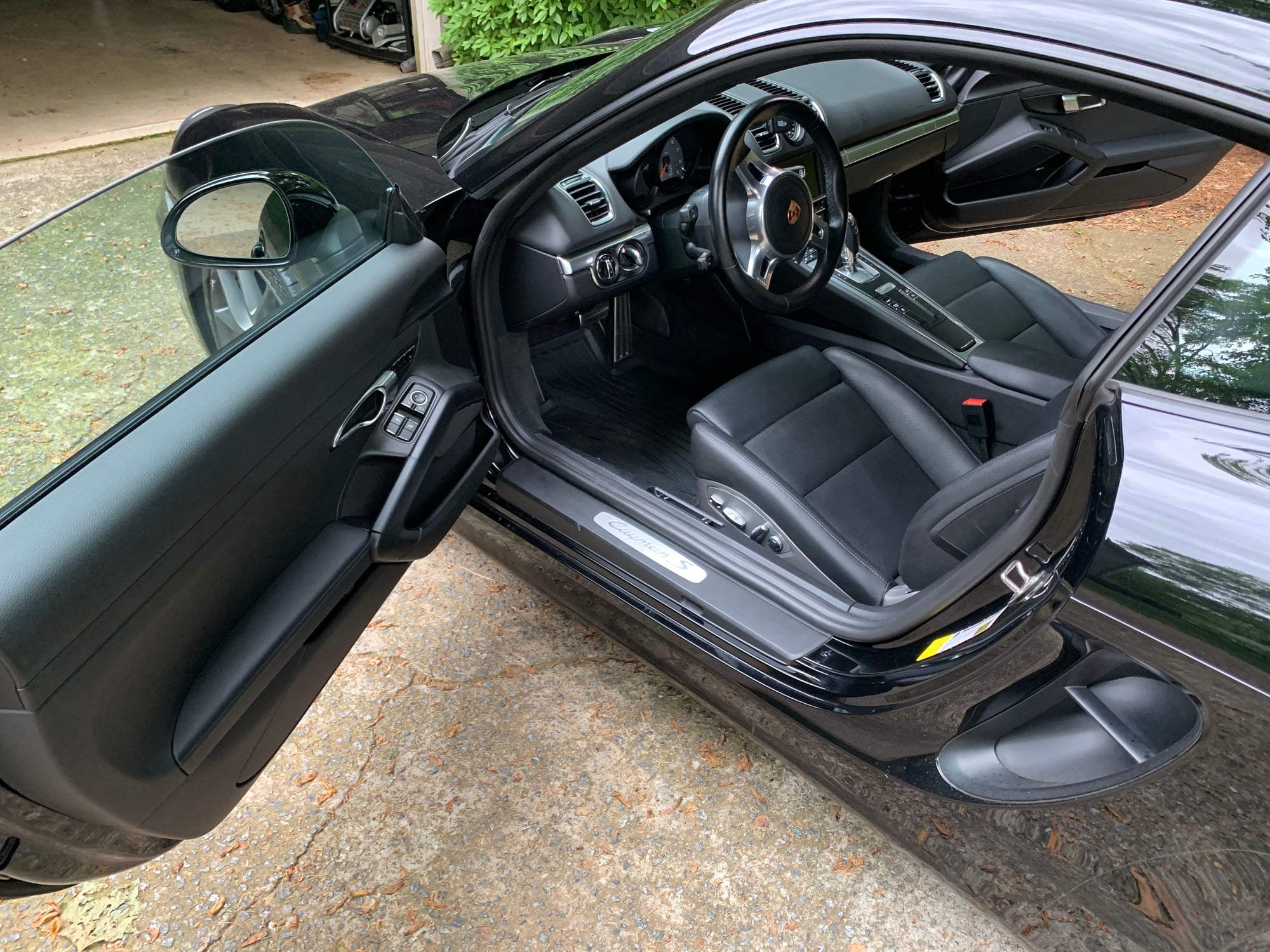
The 911 is still an amazing machine, still delivers that sports-car experience its GT rivals fail to muster.

#CAYMAN S SPORT CHRONO PLUS MANUAL#
The 911's seven-speed manual is too long to fit, so stick-shift Caymans get the (brilliant) old six-speed, plus some Nissan 370Z-style electronic heel-and-toe fakery on Sport Chrono cars. Most buyers will go the two-pedal route the transmission is so responsive that even the most ardent manual fans would agree it's no longer inferior on a technical level, aside from what it lacks on the emotional one. Sixty is done in 4.7 seconds, a tenth faster than the 911, and that drops to 4.4 if you go for the dual-clutch PDK version with the Sport Chrono package, which adds launch control. Exhaust and cooling compromises (plus, we'd guess, Porsche's keenness to protect the 911) mean the S's 3.4-liter six is rated at 325 hp and 272 lb-ft here, 25 hp and 15 lb-ft down from the same engine in the Carrera. The $64,750 Cayman S, however, might have the 911 running scared. No chore on a winding road, but a pain in the city when you see a gap in traffic, stomp the throttle, and expect to be pinned to your seat. The little 2.7-liter flat-sixspins like a rotary but makes only 213 lb-ft of torque, so if you want it to feel fast, you'll need to keep the revs beyond 4500. A simple ECU tweak delivers that extra 10 hp over the equivalent Boxster to reinforce the coupe's sportier market positioning and nonsensical $3100 price premium. It steers with such precision via its electrically assisted rack that you might forgive Porsche for dialing out the peripheral sensations its engineers call "noise," but which we actually enjoyed about the old hydraulic system.Įven the $53,550 entry-level Cayman has 275 hp at its disposal, just broaching the magic 100-hp-per-liter milestone. Lean, lithe, and alert, it turns into corners like a 911 wouldn't believe. The Cayman feels tighter than a hamstring the morning after a double marathon. You'd take that entry-level car over a BMW Z4 or Mercedes SLK, sports-car pretenders both, without thinking twice. It's also roomier than last time, thanks in part to a 2.4-inch wheelbase stretch. Even the base Cayman's cabin is as beautiful as that of a six-figure 911. Perceived quality makes a similar leap forward. The Cayman concedes jaw/pavement interfacing ability to the Italian, but it does at least look like a junior supercar this go-round, and less like a Boxster with a tin bubble glued on top. This new chassis is also 40 percent more rigid than the old, and Porsche quotes torsional stiffness of 40,000 Newton-meters per degree, making it less bendy than Lamborghini's carbon-fiber Aventador supercar. At 2910 pounds, it's actually 66 pounds lighter than its predecessor and some 200 pounds lighter than its rivals, thanks to the extensive use of aluminum. The latest Cayman weighs double that, loaded with modern creature comforts and constructed with the goal of preventing you from looking like an IED victim in the event of a fender bender. To remind us to remind you, Porsche parked a stunning 904/8 racer-all 225 hp and 1500 pounds of it- in the pit lane of Portugal's Portimão circuit. Neunelfer obsessives, quick to dismiss the comparison on the grounds that one of the two models has its engine in the wrong place, should remember that Porsche's first prototype car was mid-engined, as was a whole generation of incredible race-winning sports cars from the 1950s and '60s. But the arrival of the second-generation Cayman cements a suspicion we've had for some time: Porsche's most famous sports car may no longer be its best. Which do you choose?"įor Porsche fans, this year is all about the 911, which turns 50. One for a 911 Carrera, the other for the new Cayman S.

You've got the world's greatest stretch of twisty tarmac ahead of you," goes our pitch to Walter Röhrl, World Rally legend and Porsche test driver, "and two sets of keys.


 0 kommentar(er)
0 kommentar(er)
